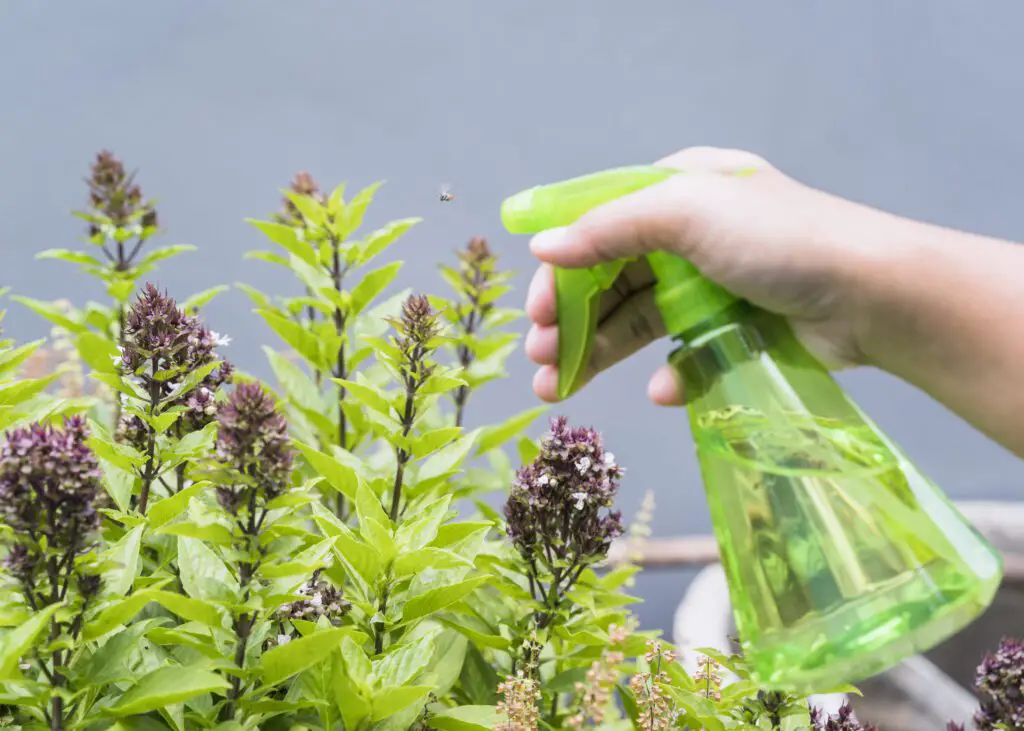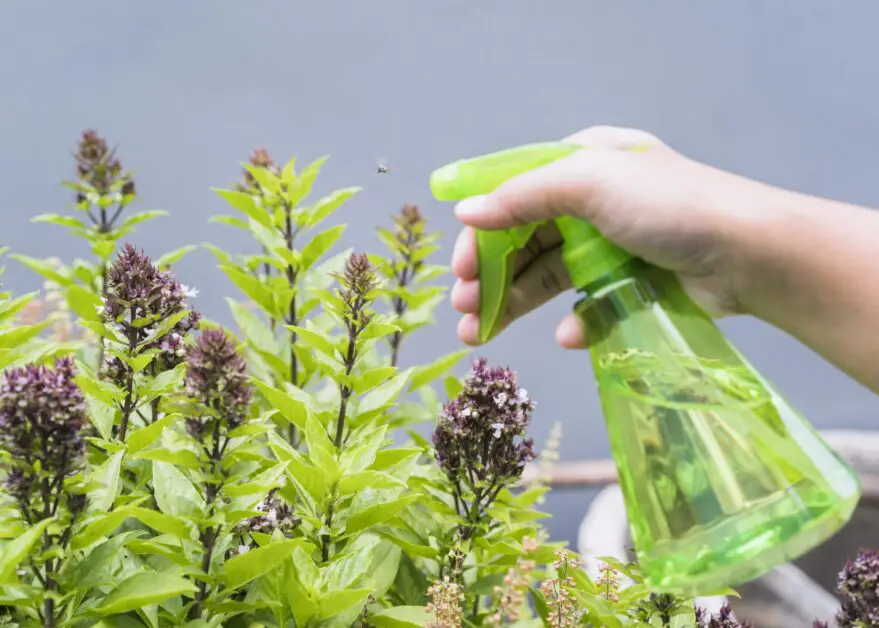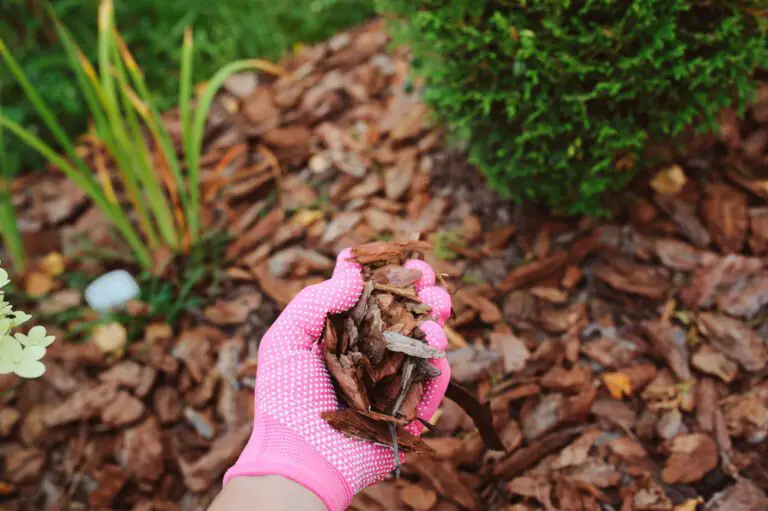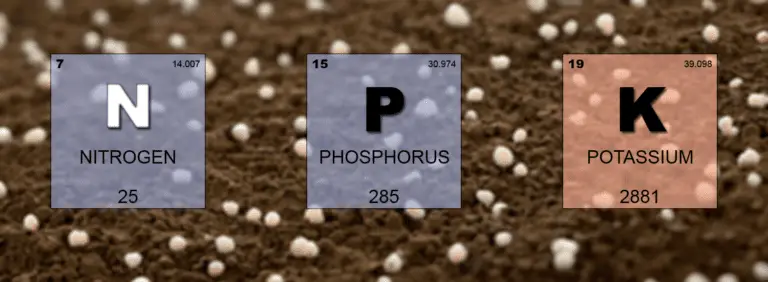How to Use Neem Oil: A Guide to Using This Natural and Effective Remedy for Your Plants
Table of Contents
Applying Neem Oil: Explore various methods of applying neem oil, including foliar sprays, soil drenches, and root dips, to target specific plant problems effectively.

Neem oil is a powerful tool in your arsenal of plant care solutions. With its wide range of applications, you can effectively target specific plant problems and keep your garden thriving. One method of applying neem oil is through foliar sprays. This involves spraying a diluted solution directly onto the leaves and stems of your plants. The oil coats the surfaces, creating a protective barrier against pests and diseases. It’s important to ensure thorough coverage, reaching both the tops and undersides of the leaves for maximum effectiveness.
Another method is soil drenching, which involves pouring the neem oil solution directly into the soil around the base of your plants. This allows the oil to be absorbed by the roots and translocated throughout the plant. Soil drenching is particularly useful for treating soil-borne diseases and preventing infestations from below the ground. Lastly, root dips are a targeted application method that involves soaking the plant’s roots in a neem oil solution before planting. This helps protect young plants from pests and diseases, giving them a strong foundation to grow.
By exploring these various methods of applying neem oil, you can effectively address specific plant problems and maintain a healthy garden. The key is to choose the method that best suits your needs and the nature of the problem at hand. Whether it’s through foliar sprays, soil drenches, or root dips, neem oil provides a natural and efficient solution for your plant care needs.
Timing and Frequency: Understand the optimal timing and frequency for applying neem oil to address different plant issues and prevent recurring problems.
Timing and frequency are crucial factors to consider when applying neem oil for plant care. To effectively address different plant issues and prevent recurring problems, it is important to understand the optimal timing and frequency for applying neem oil.
Here’s A Table Summarizing Information About Timing and Frequency: Applying Neem Oil for Different Plant Issues:
| Plant Issue | Preventative Application | Active Infestation Control | Notes |
| Pests: Aphids, Japanese beetles, whiteflies, caterpillars, thrips, mealybugs | Every 2 weeks | Once a week (2 consecutive weeks if heavy infestation) | Early morning or late evening. Avoid midday heat and bright sunlight. |
| Fungal Diseases: Powdery mildew, black spot, rust, leaf spots | Every 3-4 weeks | Once a week for 2-3 weeks | Water plants well before and after application. Stop applications when new growth appears healthy. |
| Bacterial Diseases: Fire blight, leaf blight | Every 4-6 weeks | Once a week for 2-3 weeks | Avoid applying during wet weather. Stop applications when new growth appears healthy. |
| Recurring Problems: Persistent pest pressure, fungal spore spread | Monthly during growing season | As needed during outbreaks | Monthly during the growing season |
Additional Notes:
- Always dilute neem oil according to package instructions.
- Test a small area of the plant before applying to the entire plant, especially for young or sensitive plants.
- Do not apply neem oil to flowering plants, as it may repel pollinators.
- Avoid applying neem oil on windy days to prevent drift.
- Do not apply neem oil if rain is expected within 24 hours.
- Wear gloves and eye protection when applying neem oil.
- Store neem oil in a cool, dark place.
I hope this table provides a helpful overview of the optimal timing and frequency for applying neem oil to address different plant issues and prevent recurring problems.
The timing of neem oil application depends on the specific problem you are trying to address. For instance, if you are dealing with a pest infestation, it is best to apply neem oil when pests are in their vulnerable stages, such as during the early stages of their life cycle. This ensures that the neem oil has the maximum impact on controlling and eliminating pests. Additionally, applying neem oil during the cooler parts of the day, such as early morning or late evening, can help prevent the oil from evaporating quickly and allow it to stay on the plants for a longer period, increasing its effectiveness.
When it comes to frequency, regular application of neem oil can provide better results. As a preventive measure, applying neem oil at regular intervals can help control and prevent various plant problems. For common garden plants, a general guideline is to apply neem oil every 7-14 days, depending on the severity of the issue and the specific plant’s needs. However, it is important to carefully read the product instructions and follow the recommended frequency mentioned by the manufacturer for optimal results.
By understanding the optimal timing and frequency for applying neem oil, gardeners can effectively address plant issues and prevent recurring problems. It is always advisable to conduct proper research and consult reputable sources or professionals to ensure the right application of neem oil for different plants and specific problems. Effective timing and frequency of neem oil application can contribute to healthy plants and a thriving garden.
Treating Pests: Learn how neem oil acts as a potent insecticide, effectively controlling pests such as aphids, spider mites, and whiteflies without harming beneficial insects.
Neem oil, derived from the neem tree (Azadirachta indica), possesses powerful insecticidal properties that make it an effective tool for combating pests in gardens and greenhouses. Its active compounds, including azadirachtin, disrupt the life cycle of various pests, such as aphids, spider mites, and whiteflies, ultimately leading to their demise. What sets neem oil apart from other insecticides is its ability to selectively target harmful insects while leaving beneficial ones unharmed. This makes it an ideal choice for gardeners seeking an eco-friendly solution to pest problems.

Research has demonstrated the efficacy of neem oil in controlling a wide range of pests. For example, a study published in the Journal of Economic Entomology found that neem oil effectively reduced the population of aphids on tomato plants by more than 70%. Another study conducted at the University of California, Riverside, revealed that neem oil significantly suppressed the reproduction of spider mites on cucumber plants. These findings highlight the potential of neem oil as a reliable and environmentally friendly alternative to conventional pesticides.
To apply neem oil as an insecticide, it is important to follow the recommended guidelines. Diluting the oil with water and applying it as a foliar spray is a common method. Ensure thorough coverage of both sides of leaves, as pests tend to hide in hard-to-reach areas. For pest-infested soil, a soil drench or root dip can be utilized to control pests at the source. The timing and frequency of applications depend on the specific plant and pest issue, so it is crucial to consult the product label or seek advice from gardening experts for optimal results.
Remember, the goal is not only to eliminate pests but also to preserve the balance of the ecosystem within your garden. Neem oil offers a natural and effective way to tackle pest problems without harming beneficial insects such as ladybugs, bees, and butterflies. By incorporating neem oil into your pest management practices, you can foster a healthy and thriving garden while minimizing the negative impact on the environment.
Combating Fungal
Fungal diseases can wreak havoc on plants, causing stunted growth, yellowing leaves, and even plant death. Luckily, neem oil offers a natural and effective solution for combating these fungal infections. With its antifungal properties, neem oil works by disrupting the life cycle of fungal pathogens, preventing them from spreading and causing further damage.

One of the most common fungal diseases in plants is powdery mildew, which appears as a white powdery coating on leaves, stems, and flowers. To treat powdery mildew, dilute neem oil with water and apply it to the affected areas using a sprayer. Be sure to cover both the upper and lower surfaces of the leaves for maximum effectiveness. Applying neem oil in the early morning or late afternoon when the temperatures are cooler can help prevent leaf burn. Repeat the application every 7 to 14 days until the infection is under control.
In addition to powdery mildew, neem oil can also combat other fungal diseases such as leaf spot, rust, and black spot. For these infections, mix neem oil with a wetting agent and water, following the instructions on the neem oil product. Apply the solution to the foliage, making sure to thoroughly coat all affected areas. Regular application every 7 to 10 days is crucial for preventing the spread of the fungus and promoting healthy plant growth. Remember to check the label instructions and conduct a small patch test before treating your entire plant to avoid any potential adverse effects. Neem oil is a valuable tool in the fight against fungal diseases, giving gardeners a natural and safe option to protect their plants and ensure their success.
Can neem oil be used on all types of plants?
Yes, neem oil can be used on a wide variety of plants, including vegetables, fruits, ornamentals, and even houseplants.
How soon after applying neem oil can I harvest my fruits or vegetables?
It is recommended to wait at least 14 days after the last neem oil application before harvesting edible crops.
Can neem oil be used as a preventive measure against fungal diseases?
Yes, neem oil has preventive properties and can be applied regularly to plants to help prevent fungal diseases from occurring.
Can neem oil be harmful to bees and other beneficial insects?
While neem oil is generally safe for beneficial insects, it is recommended to avoid spraying neem oil directly on flowering plants where bees are actively foraging to minimize any potential harm.
Can neem oil be used in organic gardening?
Yes, neem oil is approved for organic gardening and is often used as a natural alternative to chemical pesticides.
How long does neem oil remain effective after application?
Neem oil breaks down relatively quickly, so it is recommended to reapply every 7-14 days, depending on the severity of the issue and the plant’s susceptibility to pests or diseases.
Can neem oil be used on indoor plants?
Yes, neem oil can be used on indoor plants to control pests and prevent fungal diseases. However, it is important to follow the instructions and avoid overuse, as the odor can be quite strong indoors.
Does neem oil have any adverse effects on human health?
Neem oil is generally considered safe for humans when used as directed. However, it is important to wear protective clothing, gloves, and avoid direct contact with the skin or ingestion of the oil.
Can neem oil be used during flowering or budding stages?
Yes, neem oil can be used during flowering or budding stages, but it is recommended to avoid spraying directly on flowers or buds to prevent any potential negative effects on pollination or fruit development.
Can neem oil be mixed with other pesticides or fertilizers?
Neem oil can be mixed with certain pesticides and fertilizers, but it is important to read the labels and follow the instructions provided by the manufacturers to ensure compatibility and avoid any negative interactions.






